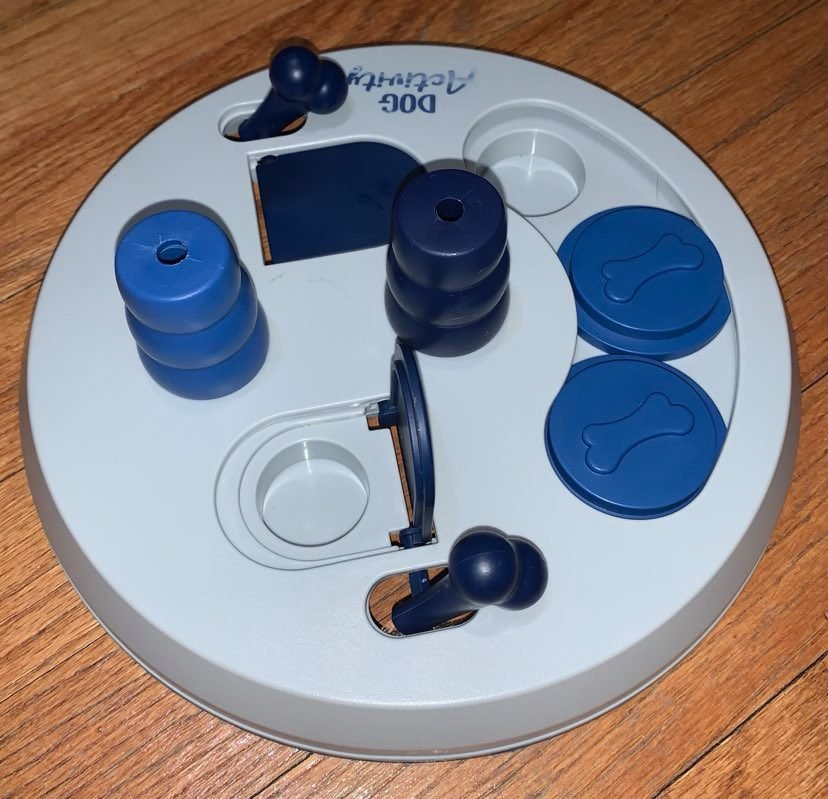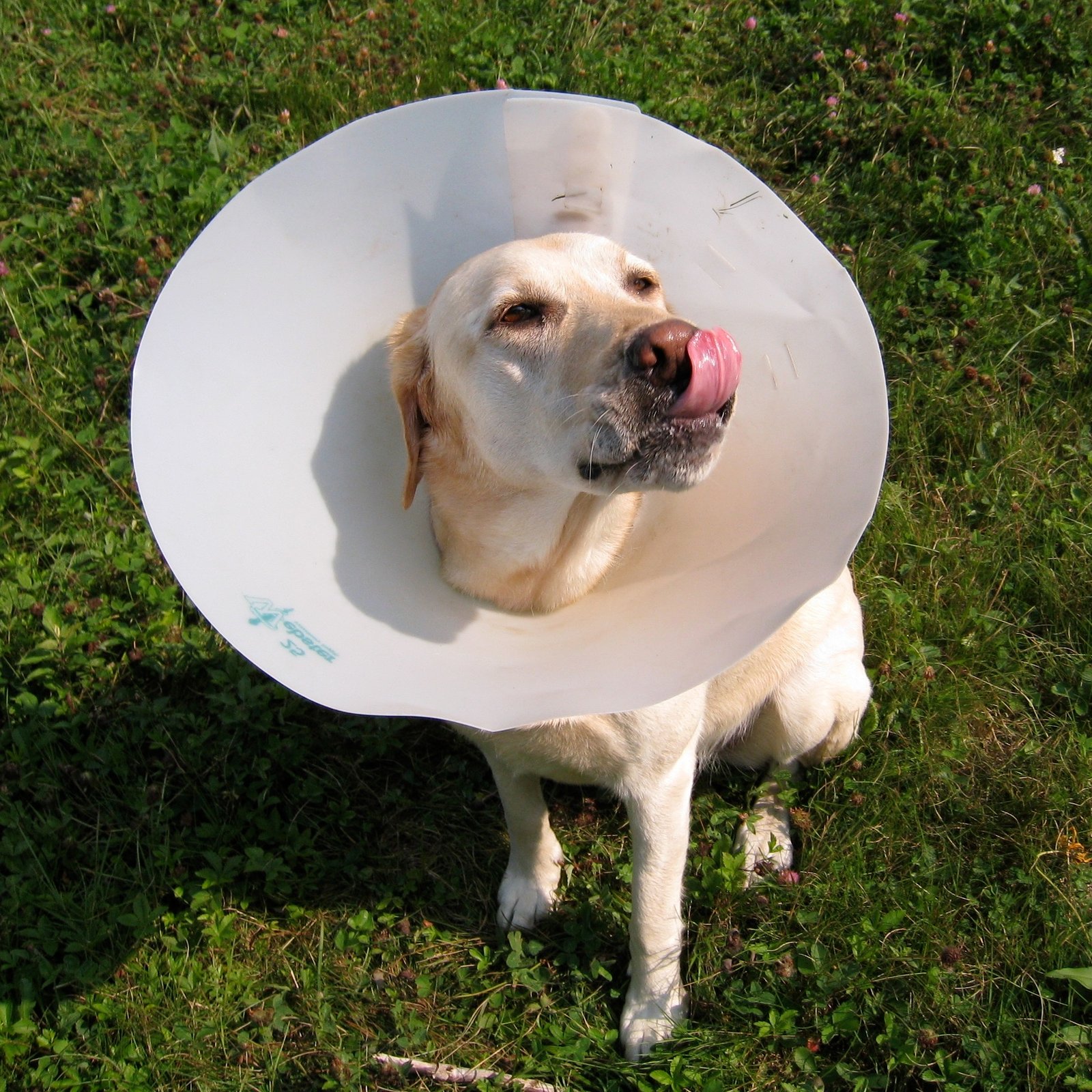Have you ever returned home to find your dog shaking, howling, or even chewing on your favorite shoes? If that sounds familiar, you’re not alone. Separation anxiety in dogs is a heart-wrenching reality for countless pet owners, leaving both humans and their furry friends stressed and exhausted. But take heart—there are proven ways to help your beloved companion feel safe and secure, even when you’re away. Let’s explore seven powerful strategies that can transform your anxious pup into a calm and confident canine, making your time apart much less stressful for both of you.
Understanding Separation Anxiety in Dogs
Separation anxiety goes far beyond a little whining when you leave. Dogs with this condition might bark for hours, destroy furniture, or even have accidents indoors, all because they can’t bear to be without you. It’s not simply bad behavior—it’s a genuine panic response. If your dog follows you from room to room, becomes frantic as you prepare to leave, or greets you with overwhelming excitement upon your return, these are classic signs. Understanding this isn’t your dog trying to misbehave but rather expressing genuine distress can help you respond with patience and empathy. The good news? With the right approach, most dogs can learn to feel safe when left alone. Recognizing the signs early and acting swiftly is key. Remember, your dog relies on you for comfort and guidance, especially in moments of fear.
Strategy 1: Create a Safe and Comforting Space
Imagine being left alone in a strange, empty room—how would you feel? Dogs need a cozy, familiar place that feels like a sanctuary when you’re gone. Set up a comfortable area with your dog’s favorite bed, soft blankets, and some well-loved toys. Adding a piece of clothing with your scent, such as an old t-shirt, can offer surprising comfort. Some dogs feel safer in a crate, while others prefer a gated section of a room. It’s all about what makes your dog feel most secure. Over time, your dog will associate this spot with peace, not loneliness. Never force your dog into this space; instead, encourage them with treats and praise, making it a positive experience. A safe haven gives your pet a sense of control and predictability, which can reduce anxiety dramatically.
Strategy 2: Practice Gradual Departures and Returns
Sudden, prolonged absences can be overwhelming for anxious dogs. The secret is to ease your pup into the idea of being alone. Start by leaving for just a few minutes, then gradually increase the time apart. Don’t make a big fuss when you leave or return—keep greetings and goodbyes quiet and calm to avoid building tension. You can even practice “fake” departures: put on your shoes, grab your keys, and then sit back down. These small steps teach your dog that your leaving isn’t the end of the world. Consistency is essential, and patience pays off. This approach helps desensitize your dog to your comings and goings, reducing their panic over time. Eventually, your pup will learn that you always come back, and being alone isn’t so scary after all.
Strategy 3: Use Interactive Toys and Puzzles

Boredom and anxiety often go hand in hand for dogs. Offering interactive toys and food puzzles can work wonders by keeping your dog’s mind occupied when you’re away. Stuff a Kong with peanut butter or freeze treats inside a puzzle toy to make them last longer. These brain-teasers not only distract your dog from your absence but also provide a rewarding challenge. Rotating toys keeps things fresh and exciting. Some dogs love chew toys, while others prefer treat-dispensing balls—find what lights up your dog’s curiosity. Engaged dogs are less likely to feel the sting of loneliness. This mental stimulation can turn a nerve-wracking solo adventure into an exciting game, helping your pup associate alone time with fun, not fear.
Strategy 4: Try Calming Music and Sounds
Just like humans, dogs can be soothed by gentle music or calming background noise. There are even playlists and CDs made specifically for dogs with anxiety. These sounds can mask outdoor noises that might otherwise trigger barking or stress. Soft classical music or natural sounds—like gentle rain or ocean waves—can work wonders to relax your pup. Consider leaving a radio or white noise machine on when you leave. The familiar hum of background sound can make your absence feel less noticeable. For some dogs, hearing a human voice in an audiobook or talk radio can provide comfort too. Experiment to find what works best; you might be surprised at how quickly your dog settles with the right soundtrack.
Strategy 5: Use Positive Reinforcement and Training
Reassure your dog that being alone isn’t scary by rewarding calm behavior. Positive reinforcement means giving treats, praise, or gentle petting when your dog remains relaxed as you prepare to leave or while you’re gone. Start with short absences and reward even the smallest signs of calm. Avoid punishing anxious behavior—fear cannot be fixed with scolding, and it may even make things worse. Training games like “place” or “stay” can build your dog’s confidence and trust. Over time, your dog will learn that good things happen when they remain calm alone. Training requires patience and repetition, but the rewards are worth it. A dog who feels proud and accomplished is much less likely to feel anxious when left behind.
Strategy 6: Consider Calming Products and Supplements

There are many products designed to help soothe anxious dogs. Calming collars, sprays, and plug-in diffusers often use pheromones that mimic the comforting scent of a mother dog. These products can create a sense of security and peace. Some supplements, like those containing melatonin or L-theanine, can gently reduce anxiety without making your dog drowsy. Always consult your veterinarian before adding any supplements to your dog’s routine, as every dog is different. Some pet owners also swear by anxiety wraps or jackets, which give a gentle, constant pressure—like a reassuring hug. These products aren’t magic, but combined with other strategies, they can offer a layer of comfort that makes a real difference.
Strategy 7: Seek Professional Help if Needed
Sometimes, despite your best efforts, separation anxiety remains a stubborn challenge. There’s no shame in asking for help; in fact, it shows how much you care. Professional dog trainers and animal behaviorists specialize in treating separation anxiety and can tailor a plan to your dog’s unique needs. They might recommend advanced training techniques or even suggest medication for severe cases. Veterinarians can rule out underlying health issues that could be making anxiety worse. Early intervention leads to better results, so don’t wait if you feel overwhelmed. Remember, you and your dog are a team—reaching out for expert guidance can bring lasting peace to your household and help your best friend live a happier, more confident life.





